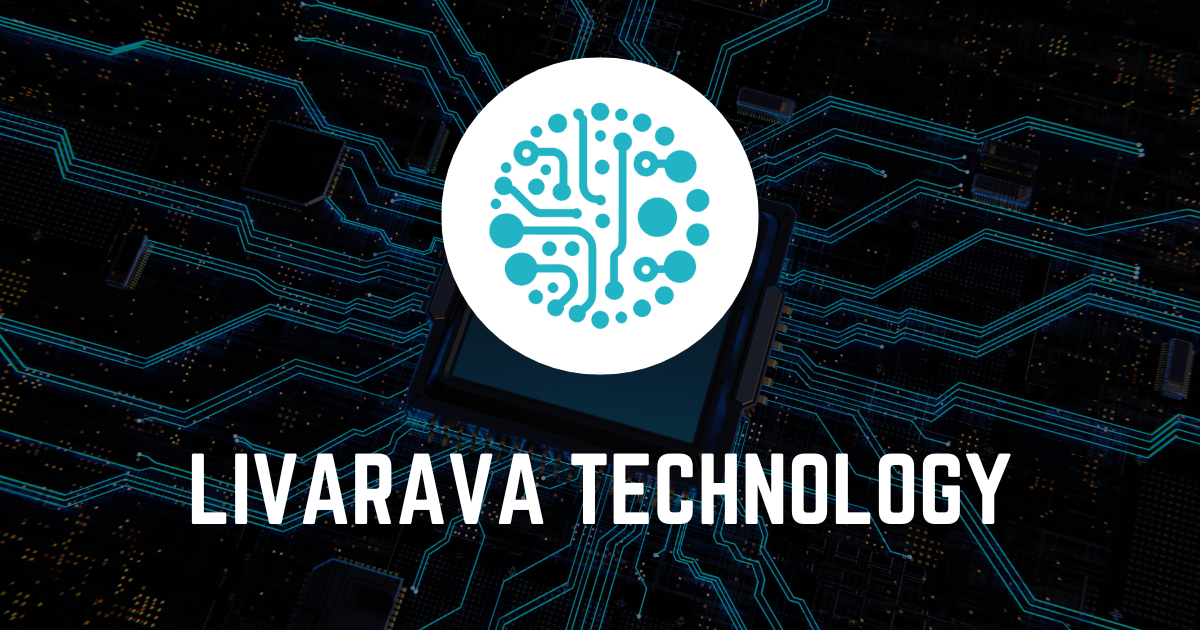A Detailed Exploration of Computer Generations and Their Evolution
Sunday, 21 July 2024, 02:53

The Generations of Computers
The development of computers is divided into several key generations, each showcasing significant leaps in technology.
1. First Generation (1940-1956)
- Vacuum tubes used for circuitry
- Large physical size
- Limited programming capabilities
2. Second Generation (1956-1963)
- Transition to transistors
- Increased efficiency and reliability
- Introduction of high-level programming languages
3. Third Generation (1964-1971)
- Use of integrated circuits
- Greater portability and cost-effectiveness
- Improvement in multi-tasking capabilities
4. Fourth Generation (1971-Present)
- Microprocessors became the norm
- Miniaturization of technology
- Advancements in graphical user interfaces
Conclusion
The evolution of computers from the first generation to the fourth has been marked by substantial innovations that have revolutionized computation. The journey reflects ongoing trends in technology, paving the way for future developments.
This article was prepared using information from open sources in accordance with the principles of Ethical Policy. The editorial team is not responsible for absolute accuracy, as it relies on data from the sources referenced.